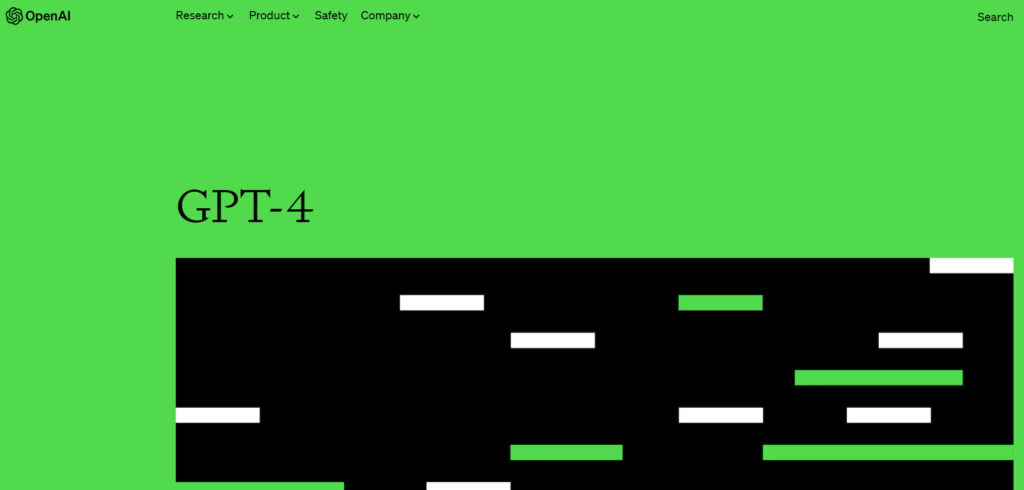Introduction
Artificial intelligence has come a long way in recent years, and one of the most exciting developments in this field is the creation of AI language models. These models are designed to process and understand human language, and they have the potential to revolutionize the way we communicate with machines. One of the most powerful AI language models to date is GPT-4, the latest creation from OpenAI. This groundbreaking technology is set to change the way we think about language processing, and it has the potential to transform a wide range of industries, from healthcare to finance to entertainment. In this article, we’ll take a closer look at what’s new in GPT-4, and explore the many ways this powerful new technology is set to change the world as we know it.
What is GPT-4?
OpenAI has recently announced the launch of GPT-4, the latest version of its incredibly popular large language model powering artificial intelligence (AI) chatbots (among other cool things). GPT-4 is a large multimodal model that can process images and text, pass bar exams, and exhibit human-level performance on various professional and academic benchmarks. The latest version can take images as inputs and improves upon many of the criticisms users had, but will still ‘hallucinate’ facts. Startup tech company OpenAI says it is releasing a powerful artificial intelligence model known as GPT-4, setting the stage for human-like technology to proliferate and more competition between its backer Microsoft and Alphabet’s Google.
Difference between GPT-3 and GPT-4?
GPT-3 is a more general-purpose model, while GPT-4 has been specifically tailored for a particular application. GPT-3 is a larger, more versatile model, while GPT-4 is smaller and more tailored to specific applications. GPT-4 has improved accuracy, problem-solving abilities, and reasoning skills, according to the announcement. In a comparison breakdown between GPT-3 and GPT-4, the newer model scored in the 90th percentile on the bar exam versus the 10th percentile with GPT-3. One of the key differences between GPT-4 and GPT-3 is that GPT-4 contains more data than GPT-3. While GPT-3 comes with 17 gigabytes of data, the newer version of OpenAI, GPT-4, contains 45 gigabytes of training data. This means that GPT-4 can provide much more accurate results than its predecessor.
GPT-4 Uses and Features
- It is multimodal and can process images, and videos and even build websites as a discord bot.
- It can respond more broadly and explain context with up to 25000 words (which is 8x the limit of ChatGPT).
- Besides natural human-like responses, GPT 4 can also write like established songwriters and authors.
- GPT-4 has improved accuracy, problem-solving abilities, and reasoning skills, according to the announcement. In a comparison breakdown between GPT-3 and GPT-4, the newer model scored in the 90th percentile on the bar exam versus the 10th percentile with GPT-3.
Applications of GPT-4
GPT-4 can be used in a variety of business applications, including natural language processing, automated customer service, and text analysis. GPT-4 can generate, edit, and iterate with users on creative and technical writing tasks. Most notably, the new model can respond to images as well as text. GPT-4 can generate captions, classifications, and analyses. Microsoft Bing, Khan Academy, Dualingo, Stripe, Morgan Stanley, Govt. of Iceland, and Be My Eyes are some of the apps powered by GPT-4.
Thoughts
GPT-4 is a new and improved model that has been designed to be more creative, reliable, and collaborative than its predecessor, GPT-3.5. It can accept both text and images as input and generate text outputs based on these inputs. GPT-4 can be used in a variety of business applications, including natural language processing, automated customer service, and text analysis. It can generate, edit, and iterate with users on creative and technical writing tasks, such as composing songs, writing screenplays, or learning a user’s writing style. GPT-4 is a significant step forward in the field of natural language processing and is expected to have a significant impact on the way we communicate and interact with machines in the future.




